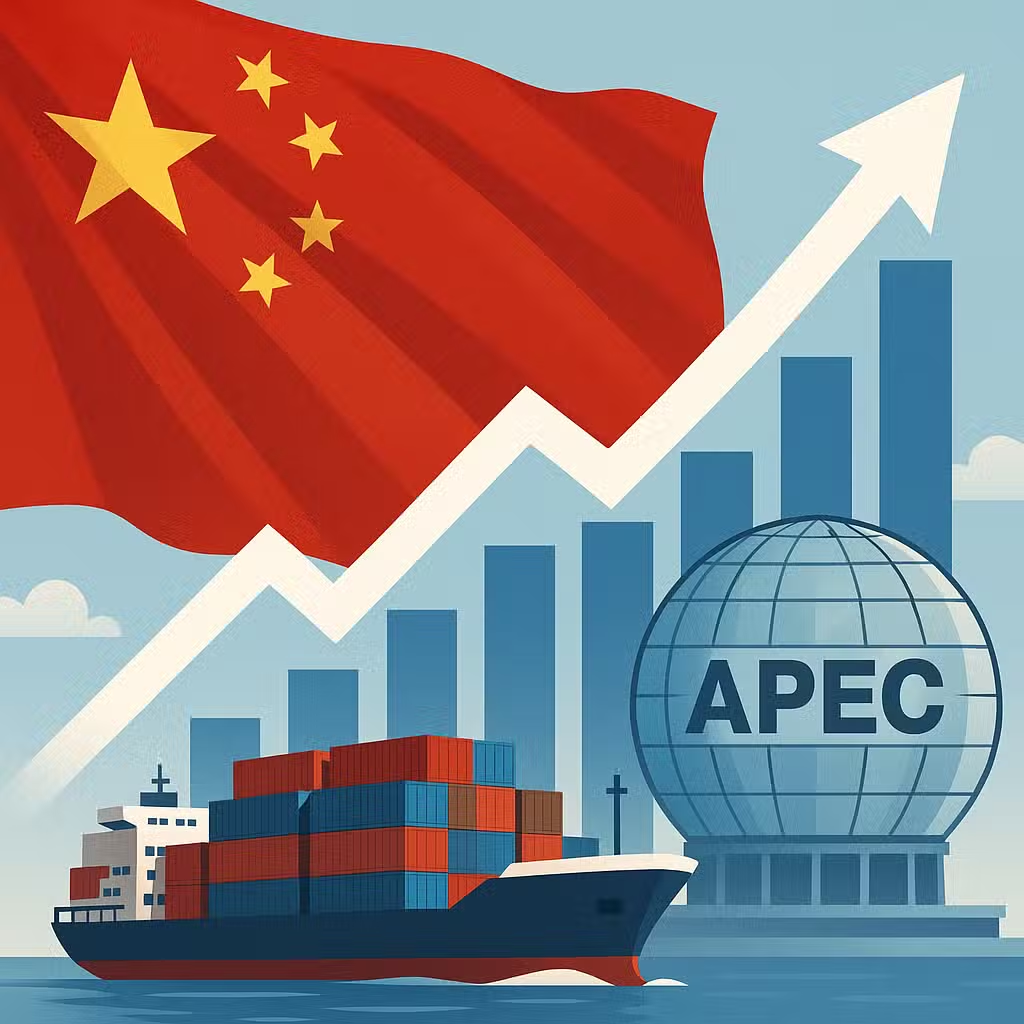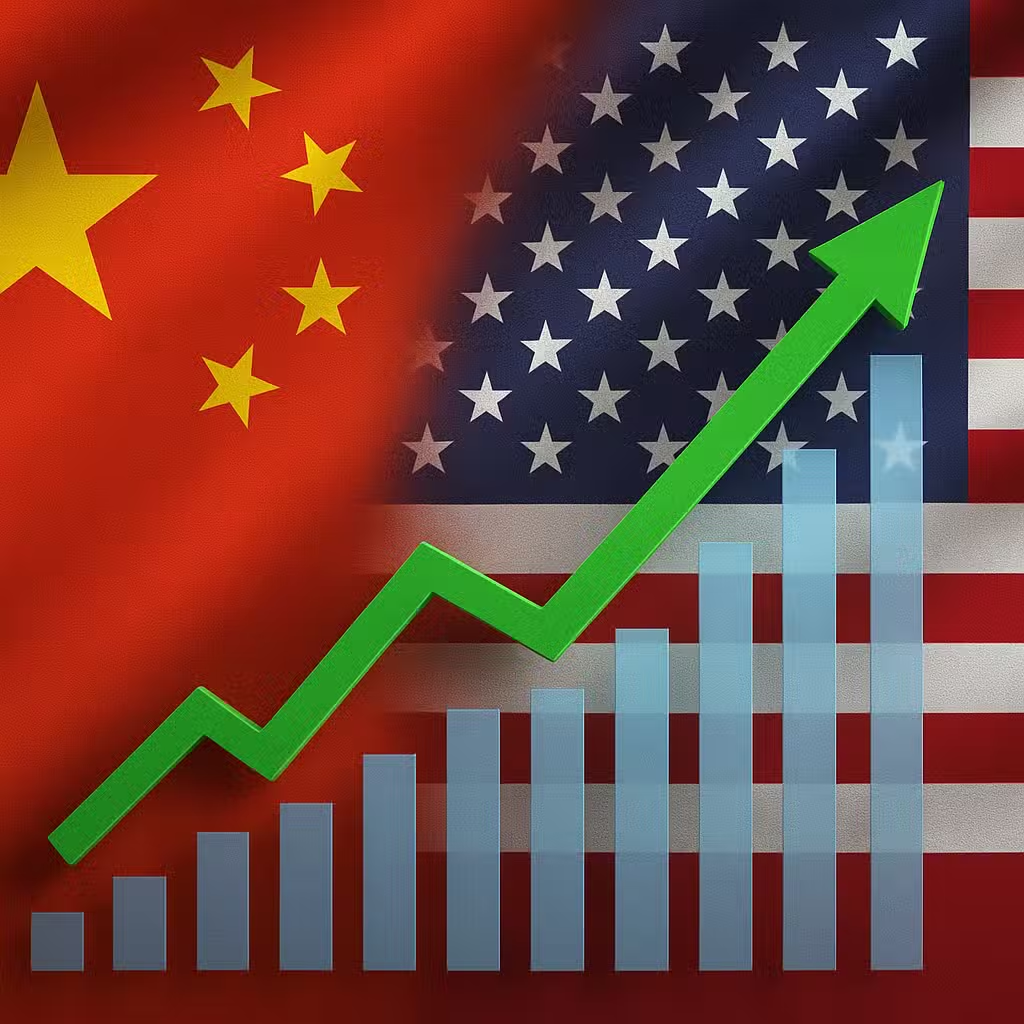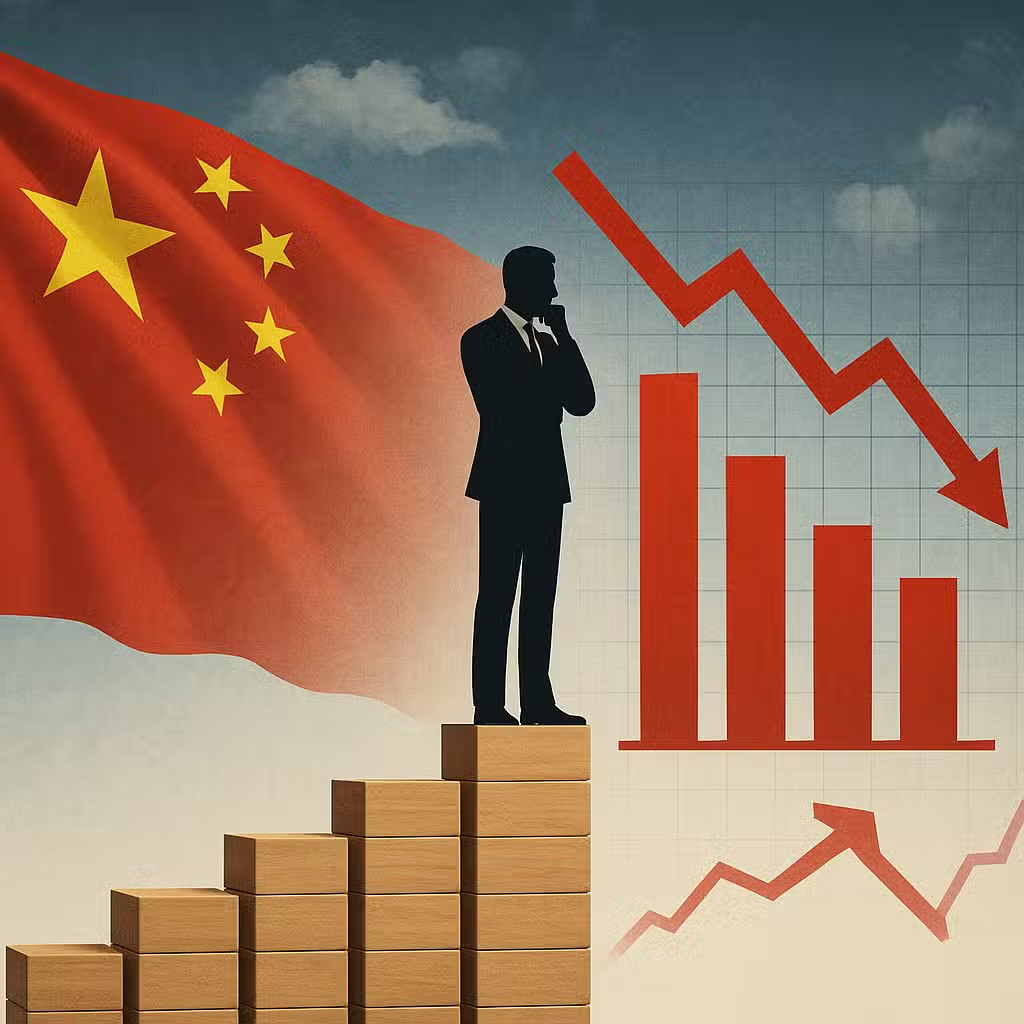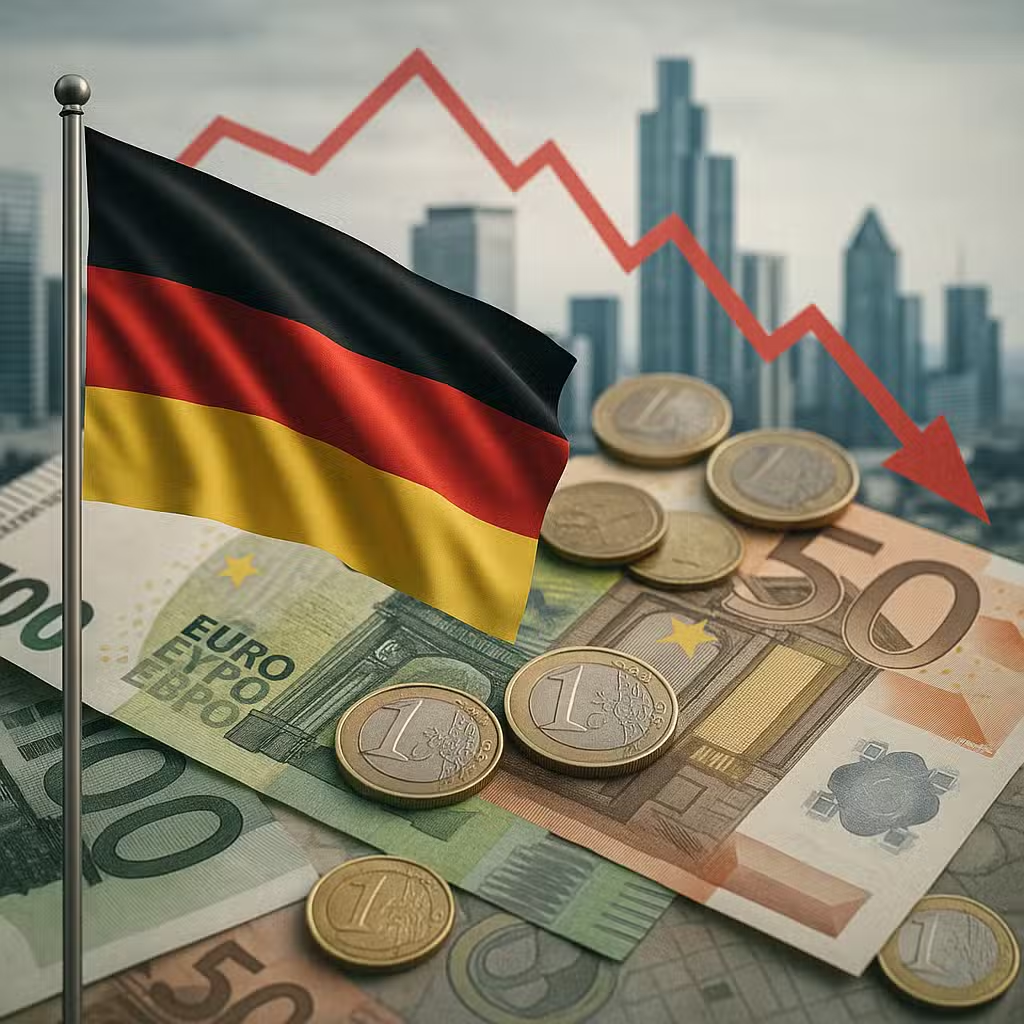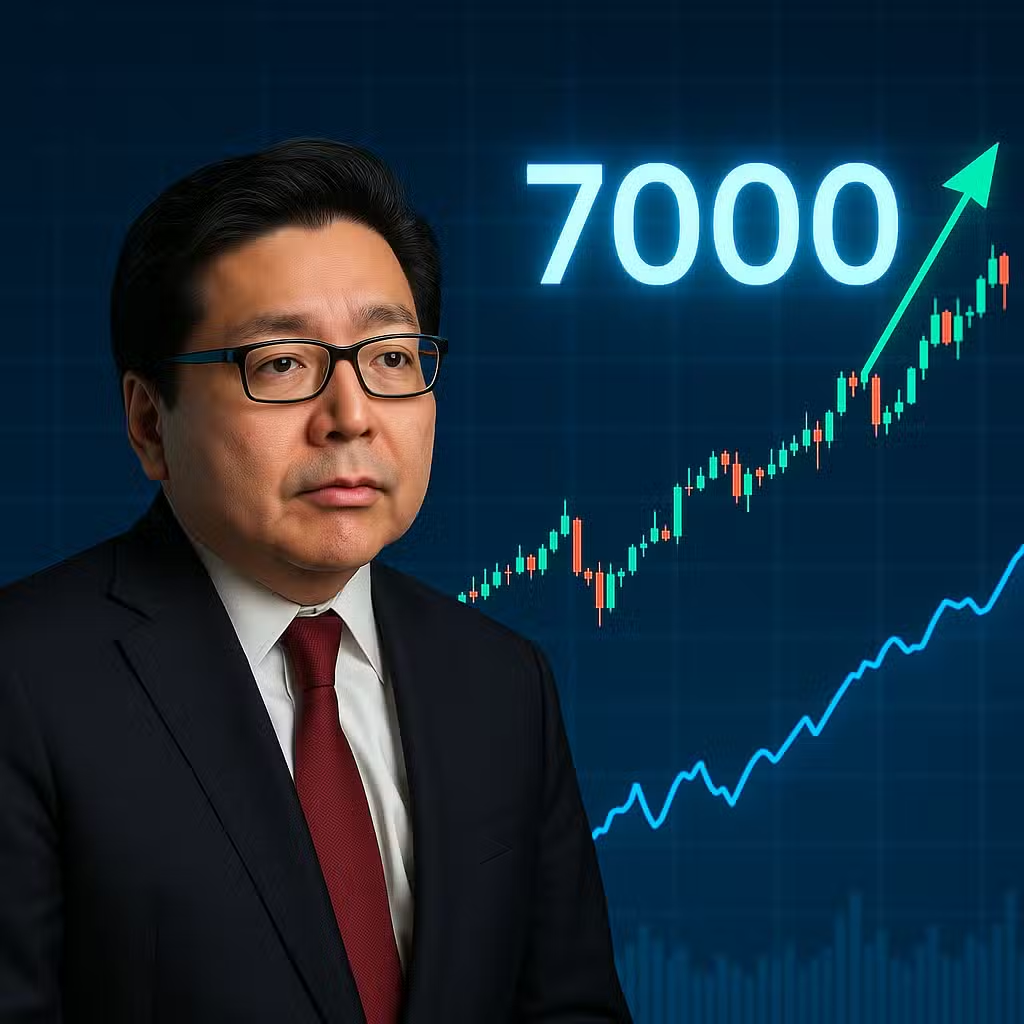China’s Export Growth Signals Key Trade Policy Decisions Ahead for Investors at APEC Summit
Imagine if your favorite sports team was trading players with a rival, and every decision made the crowd cheer or boo. That’s a bit like what’s happening now with trade between China and the US, and it matters for anyone investing in the global market.
Soybeans and Rare Earths: The Tug of War
Soybeans are a big deal in trade between the US and China. In September, China bought a record amount—almost 13 million metric tons. This could help smooth things over in upcoming talks between the two countries.
But it’s not all good news. Rare earths—special metals used in things like smartphones and electric cars—became a hot topic. China said it would tighten rules on exporting these metals, which made the US nervous. Even after China explained there wasn’t a full ban, exports still dropped by 31% last month. Over the year, rare earth exports from China are down 11% compared to last year (Reuters).
- Bullish side: More soybean sales could mean better trade talks and improved markets for farmers and related sectors.
- Bearish side: Ongoing worries about rare earth supply could make some tech and auto companies nervous, driving up costs.
Impact on Jobs and Shopping in China
Trade isn’t just about goods—it affects people’s jobs and what they can buy. In September, Chinese factories hired fewer people for the third time in four months. They’re feeling squeezed by lower prices and higher costs.
China’s unemployment rate is rising, reaching 5.3% in August. At the same time, people are spending less; retail sales grew only 3.4% this August, down from 4.8% in June. If more trade deals happen and demand picks up, jobs and pay could rise, making people more likely to shop and help the economy grow.
- Bullish side: If exports and demand rise, factories could hire more, and consumer spending might rebound.
- Bearish side: If trade tensions flare up again, jobs could be lost and families might spend even less.
China Finds New Trade Buddies
China isn’t just trading with the US—it’s finding new friends. Exports to the US dropped 27% in September, but China made up for it by selling more to the European Union, Africa, and Latin America. For example, sales to Africa jumped 56%, and exports to Latin America rose over 15% after two slow months. Overall, exports to places outside the US grew almost 15%, the fastest pace since early 2023 (Brookings).
- Bullish side: Finding new trade partners helps China’s economy stay strong even if US demand falls.
- Bearish side: Changes in global relationships can still bring surprises that hurt growth or stability.
Stock Markets Hold Steady—But Risks Remain
China’s main stock markets bounced back after some trade drama last week. On October 14, the CSI 300 rose nearly 0.9%, and the Shanghai Composite climbed 0.7%. Both are close to their highest points of the year.
Investors are hopeful that China will hit its 5% growth target and that more trade deals will keep things moving. Chinese stocks are doing well—up nearly 18% for the year so far. The Hong Kong market is up even more, at 29%.
But there’s a warning: the trade fight isn’t over. If talks break down, markets could get spooked again, just like they did last week.
- Bullish side: Policy support and strong exports to new partners could keep stock markets rising.
- Bearish side: Fresh trade fights or global slowdowns could pull markets back down.
Investor Takeaway
- Keep an eye on US-China trade talks—positive news could boost agriculture, tech, and shipping stocks.
- Diversify into sectors and regions less exposed to US-China tension, like companies trading with Africa or Latin America.
- Watch rare earth suppliers and tech stocks—they’re sensitive to export changes and price swings.
- Be ready for volatility; even with recent gains, headlines can move markets fast.
- Track China’s job and retail trends for clues on broader growth and consumer demand.
For the full original report, see FX Empire

